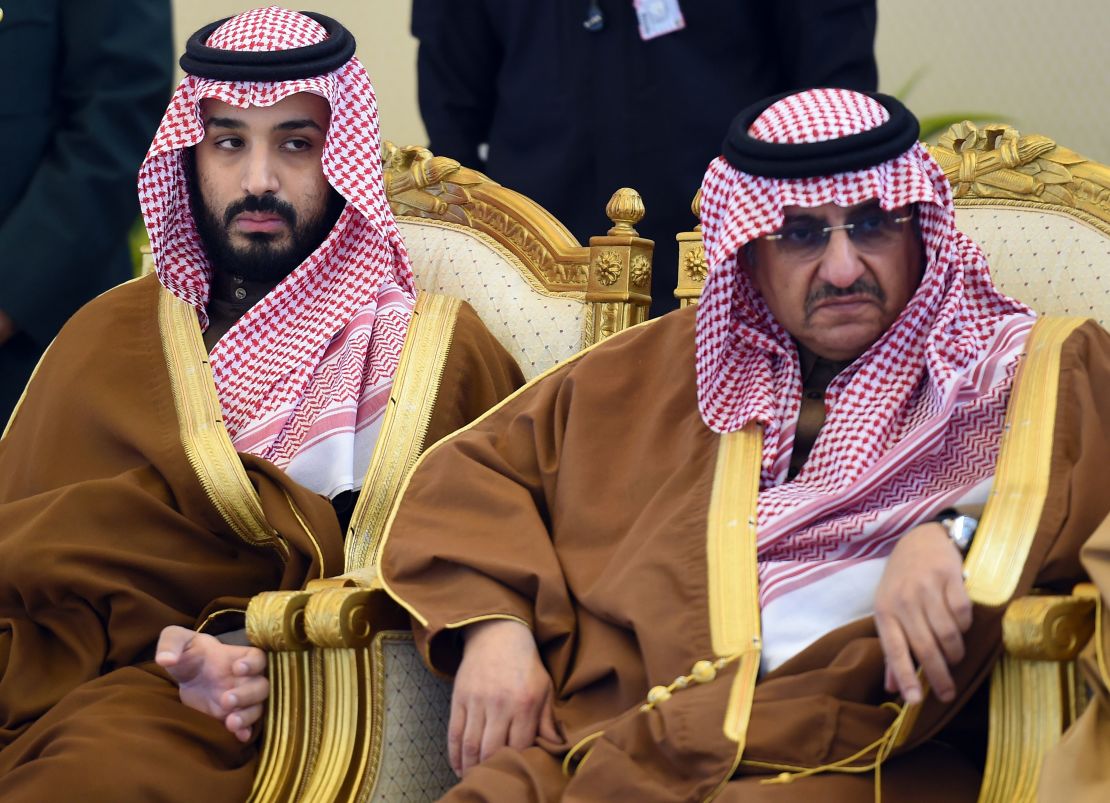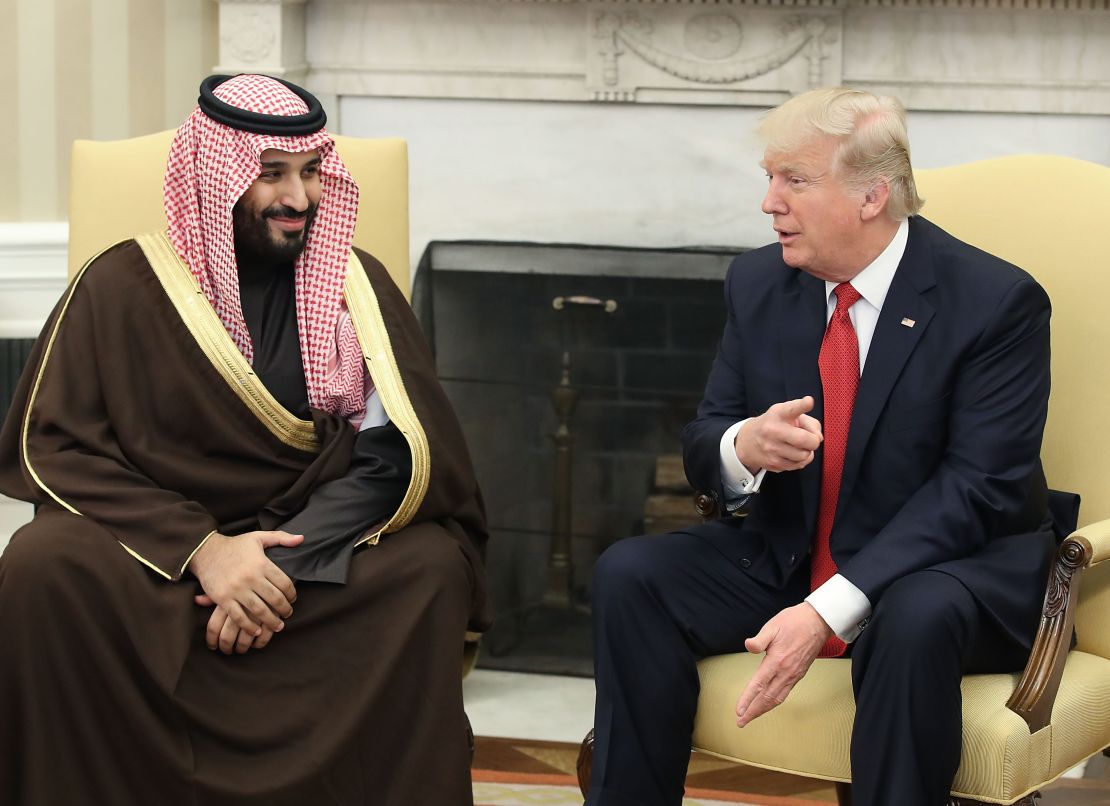Story highlights
Mohammed bin Salman has taken a hard line on Qatar, Iran, and Yemen
The US may be increasingly caught up in the region's escalating political tensions
Saudi Arabia’s King Salman has elevated his 31-year-old son Mohammed bin Salman to first in line to the throne, in a dramatic reordering of the kingdom’s line of succession that will have far-reaching consequences for the key US ally and the Middle East as a whole.
In a series of royal decrees issued overnight, the King, 81, removed his nephew Mohammed bin Nayef as crown prince and installed Mohammed Bin Salman in his place.

The newly-anointed crown prince was also appointed deputy prime minister and will continue in his role as defense minister, in which he has overseen the Saudi-led war in Yemen.
Was this unexpected?
While the announcement may have taken many by surprise, the move had been a long time coming. The fact that the King had handed his son so much power internally in recent years gave Saudi watchers the impression that he was being groomed for leadership.
It felt like only a matter of time before the now former crown prince Mohammed Bin Nayef, 57, was outmaneuvered. There had also been speculation that the crown would need to drop down a generation at some point.
The youthful Mohammed Bin Salman – who was already second in line before the reshuffle – was the obvious choice to modernize the monarchy while consolidating power.
What does it mean for the US?

The key US priorities in the Middle East are stability and predictability, and the appointment of the relatively inexperienced Mohammed bin Salman is undoubtedly a shift away from that.
As defense minister, the prince has taken a hard line with Qatar, Iran and Yemen – and the US should expect to find itself increasingly caught up in the ebb and flow of the region’s ever-increasing political tensions.
The current diplomatic crisis between the Saudis and Qatar – Riyadh is trying to isolate Doha over claims that the latter supports terrorism – is a study in diplomatic tightrope-walking for the US.
Washington is publicly backing the Saudis over the spat – which has been led on the Saudi side by the new crown prince – while at the same time maintaining its large military base in Qatar.
Now, with a more gung-ho crown prince set to take charge, it is fair to assume that the Saudis will double down on its hardline positions on Qatar, Iran and the Yemen conflict.
What does it mean for Qatar?
In the short term, it’s hard to tell. The message to Qatar is clear: Expect more of the same. Mohammed bin Salman’s appointment means that the hard line taken by the Saudis is here to stay – and that no older, wiser voices are going to swoop in and moderate the stance any time soon.
What does it mean for Iran?
The move will further destabilize an already dangerously unstable situation.
Earlier in June, the Iranians pointed the finger at Saudi for a terror attack in their capital, Tehran. They then used this as a reason to fire missiles into Syria – a shot across the proverbial Saudi bow.
Tension between the two has been slowly building recently, and Mohammed bin Salman has taken a hard line against Iran. “We are a primary target for the Iranian regime,” he said in one recent interview. “We won’t wait for the battle to be in Saudi Arabia. Instead, we’ll work so that the battle is for them in Iran.”
Again, without more experienced voices around him, the new crown prince will feel emboldened to pursue his vision of a larger Sunni alliance, in which Saudi Arabia is the unchallenged leading power in the Middle East. This could lead to a dangerous miscalculation.
What does it mean for the Yemen conflict?
It certainly doesn’t bring us any closer to peace in Yemen.
This is a conflict that Mohammed bin Salman has played a large part in – assisting the Yemeni forces in fighting off Iranian-backed Houthi rebels. In some respects, it is his war and he has to see it through.
But this is more than about saving face; Saudi stability is linked to Yemeni stability and, for that reason, the kingdom needs to continue supporting Yemen.
The brutal reality is that the conflict in Yemen is an Iran-Saudi proxy war, and the new crown prince one of its architects. It is not going to be solved through diplomacy any time soon.
Will the new crown prince loosen up Saudi’s conservative culture?
Forget about the monarchy lifting the ban on women driving any time soon. That will happen on the Saudis’ time frame – regardless of international pressure to change the law – and whatever they say, it is not a priority. One day it will arrive, but it’s not coming fast.
However, part of Mohammed bin Salman’s 2030 vision – the plan to modernize the Saudi economy, making it less reliant on oil, among other things – does call for the loosening up of Saudi Arabia and placing younger people in office.
There is a thirst for change in Saudi. But there is a difference between loosening up in the sense of letting women drive and loosening up power structures inside the ruling House of Saud.
A younger population is driving this desire for change and the Saudis know that the monarchy cannot inoculate itself from the Internet and modern life. Just don’t expect big changes overnight.









